- Zhang Pengfei is the shunter of Wuhan Railway Bureau specializing in serving China-Europe trains
- With the development of railway technology, the formerly common railway switchmen have been replaced by machines, but the shunters have been retained
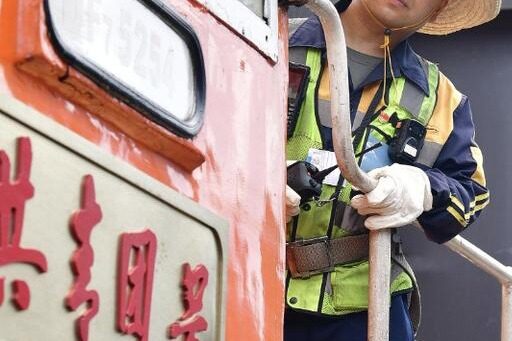
At Wujiashan Station of Dongxihu Lake, the sound of trains rumbled, and a figure was constantly moving, climbing, jumping, and picking hooks between the trains. "Stop, start, advance, connect..." The intercom sounded one after another. This was Zhang Pengfei, the shunting commander, who was organizing the shunting on-site command.
Shunting is the operation of the railway system to move the rolling stock on the railway line for the purpose of dismantling, marshalling, picking up, picking up and delivering vehicles. Due to the need to continuously serve the moving vehicles in the open space, perform lookout, hook off, and hook up, the shunter is called the "programmer" of the station train. Zhang Pengfei, the head of the fourth shift at Wujiashan Station of the Hanxi Depot of Wuhan Railway Bureau, is a "programmer" who specializes in serving China-Europe trains.
Daily life of a shunter
At 10 a.m., the heat wave at Wujiashan Station was rolling. On the west side of Road 26 of the Central Station, after instructing the shunting machine to align the 55 arriving vehicles with the cargo space, Zhang Pengfei pressed the "stop" protection signal. I saw him get off the locomotive, hold the iron shoes weighing five or six pounds, and place them on the rails of the wheel tread of the first car behind the locomotive. Take measures to prevent the car from slipping, and then move quickly into the car block and straighten. The legs and the cat are on the waist, closing the corner plug door, picking the air duct, exhausting the air, and starting the brake. The whole action is completed in one go.
The sun shines directly on his face, Zhang Pengfei leaned between the vehicles, held the brake hose with both hands, and skillfully completed the work of connecting the brake hose, and the big beads of sweat rolled from his forehead. He ignored it, his eyes still looking straight ahead, holding the railing in one hand and the walkie-talkie in the other: "forward, forward, backward, stop", every command was as precise as a second hand.
In order to avoid hot cars and tracks, the shunters were all "fully armed" - long trousers, long sleeves and gloves, plus safety shoes. Zhang Pengfei told reporters that the maximum temperature of the rails in summer can reach 60 to 70 degrees Celsius, and the rubber shoes will be melted and stuck on the pedals of the locomotive. At the end of the day, after gaining more than ten kilometers of exercise, Zhang Pengfei smiled honestly: "Others are exercising in the gym, and we will lift irons on the rails."
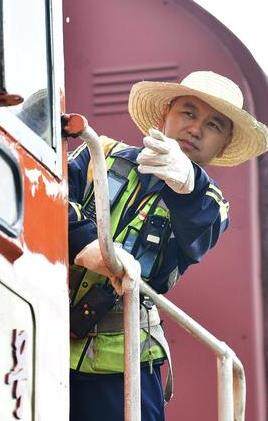
At about 11 o'clock, the carriages began to gather. "Ten cars, five cars, three cars, close to the link, pay attention to the link, stop..." Observe the signal and line conditions ahead, check the vehicle and loading status, Zhang Pengfei is capable, and sends instructions to the locomotive driver through the walkie-talkie from time to time. In the rain of sweat, the carriages full of auto parts, electronic components and other goods assembled into a 700-meter-long China-Europe train "long dragon".
The shunting work is to decompose the vehicles sent to different destinations, and then group the vehicles of the same destination to form a new train. The whole process is a test of the carefulness and endurance of the shunter. Every time, Zhang Pengfei will predict in advance, list the key safety points, check the lines in detail, then assemble the wagons, implement the shunting plan, and finally re-check. He said that the China-Europe train is faster and has a longer distance than ordinary freight trains. As the first procedure for the smooth dispatch of the train, the safety and punctuality of the shunting operation are extremely critical.
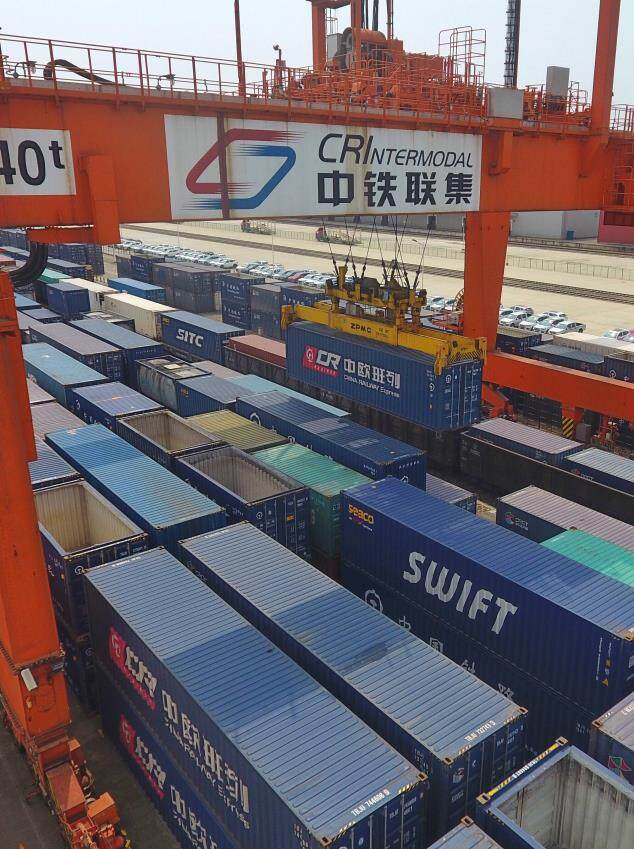
The operating standards he implemented were meticulous and strict: a China-Europe train with 50 wagons had to bend over and squat hundreds of times over and over again for the problem of the couplers at both ends of the wagon being locked. If it does not meet the requirements, the connection needs to be split again immediately. Only after repeated confirmation can we ensure that the "needle threading" work "the needle does not fall and the thread does not come off".
In 2019, Zhang Pengfei, who was discharged from the army, was assigned to the Hanxi Depot. At the beginning of his work, he was also confused when faced with numerous rules and regulations and obscure terminology. In order to improve business skills as soon as possible, Zhang Pengfei started by learning the most basic regulations of railways such as "Technical Regulations" and "Traffic Regulations", and learned by doing.
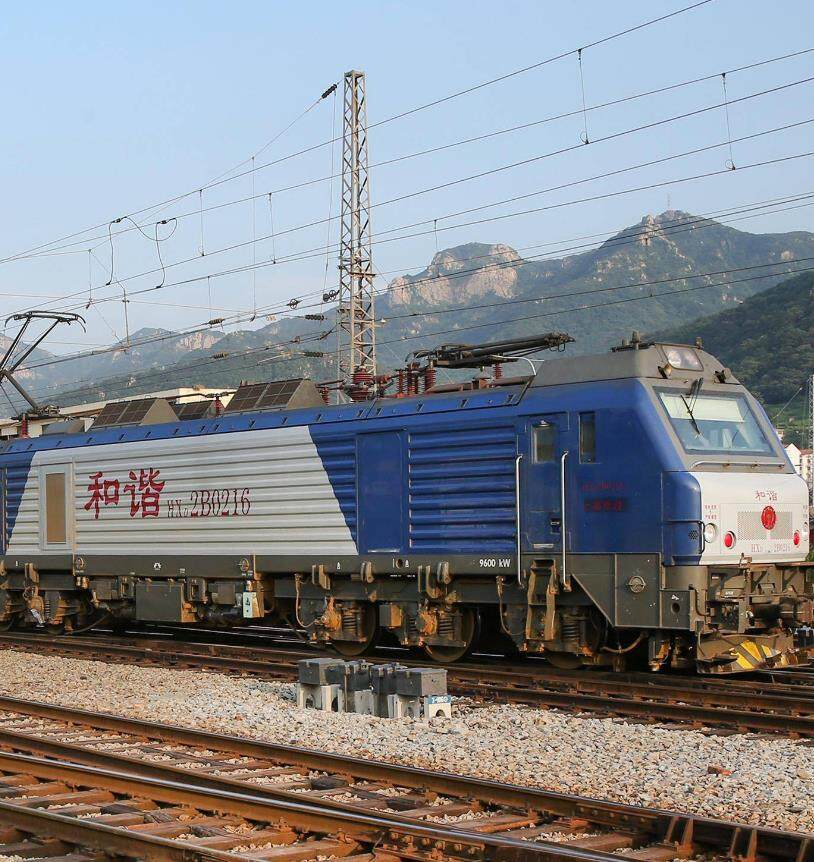
Today, there are 4 teams in Wujiashan Station, and Zhang Pengfei has grown into the "shunter commander" of one of the teams. "Shunting a train is both physical and delicate work. The shunting operation is like threading a needle and threading a thread. We are the needle, stringing up the carriages and transporting them abroad." Zhang Pengfei said, no matter how hard it is, as long as you look at these hands-on The organized China-Europe freight trains will take "Made in China" to the world, and they will feel proud and worthy.
Thanks to the efforts of Zhang Pengfei and his colleagues, in the first half of 2022, 136 trains of China Railway Express (Wuhan) will be launched, an increase of 67.9% compared with 2021.Editor/XuNing
Comment
 Praise
Praise
 Collect
Collect
 Comment
Comment
 Search
Search


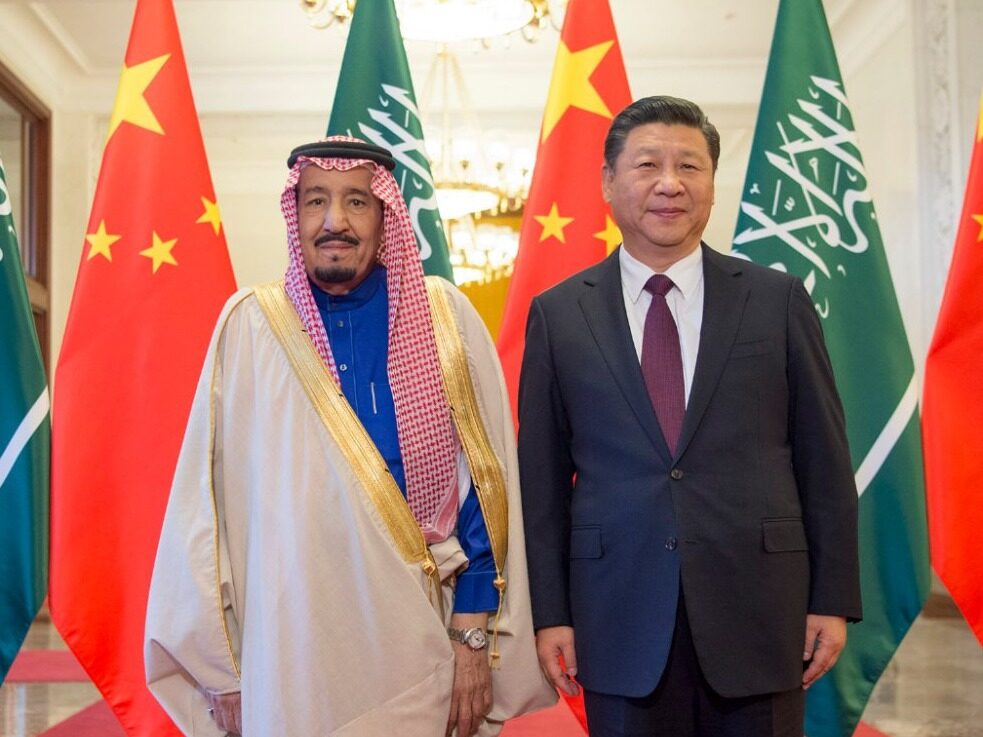



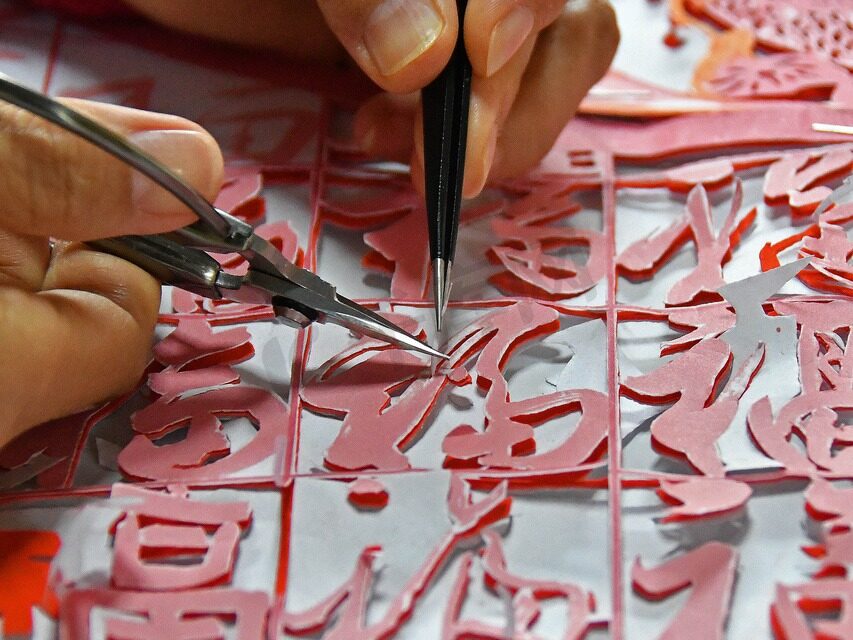







Write something~